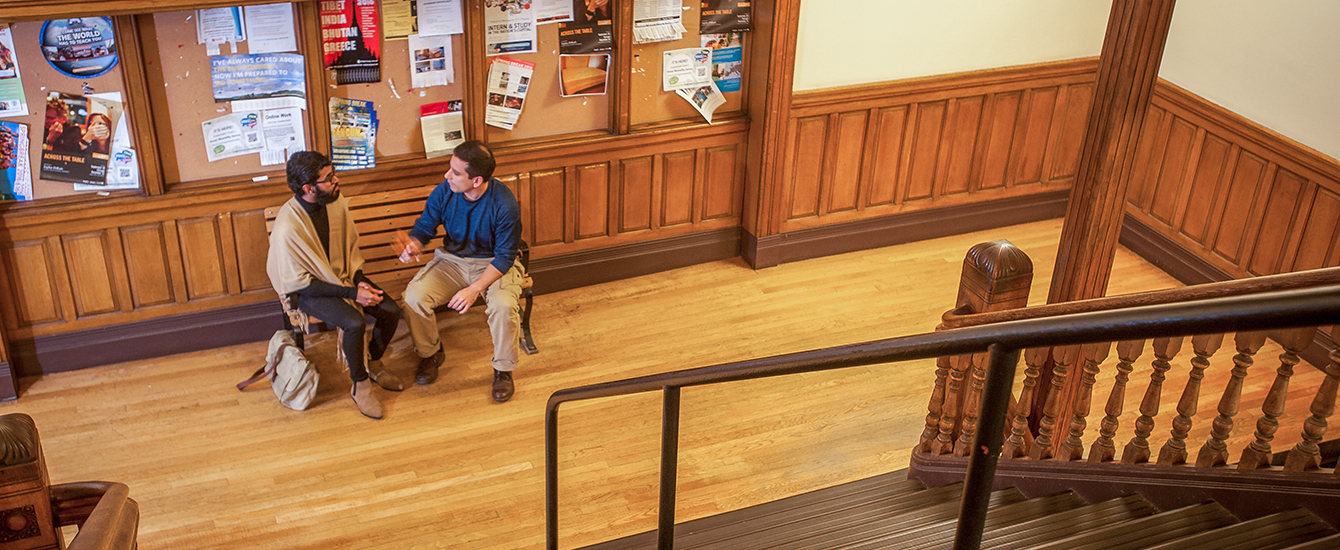Psychology
Where We Live: The Unexpected Influence of Urban Neighborhoods on the Academic Performance of African American Adolescents
Abstract
Adolescents who live in low-income neighborhoods face numerous unique challenges. Examining their resilience in multiple contexts sheds light on what contributes to the diverse outcomes of these youth. The current study examines how adolescents' reports of structural and experiential neighborhood characteristics buffered the impact of exposure to community violence on academic performance. A total of 206 African American high school students completed a series of questionnaires; some of the item measures covered by the questionnaires include the following: exposure to community violence; opportunities for involvement and actual engagement in neighborhood-based structured activities; and self-reported grades for the school year. Hierarchical multiple regression analyses revealed that structural and experiential factors buffered the impact of exposure to community violence on academic performance. These findings suggest that in the face of exposure to community violence, adolescents who are involved in neighborhood activities, even when opportunities for involvement are minimal, have better academic outcomes. © The Author(s) 2012.



